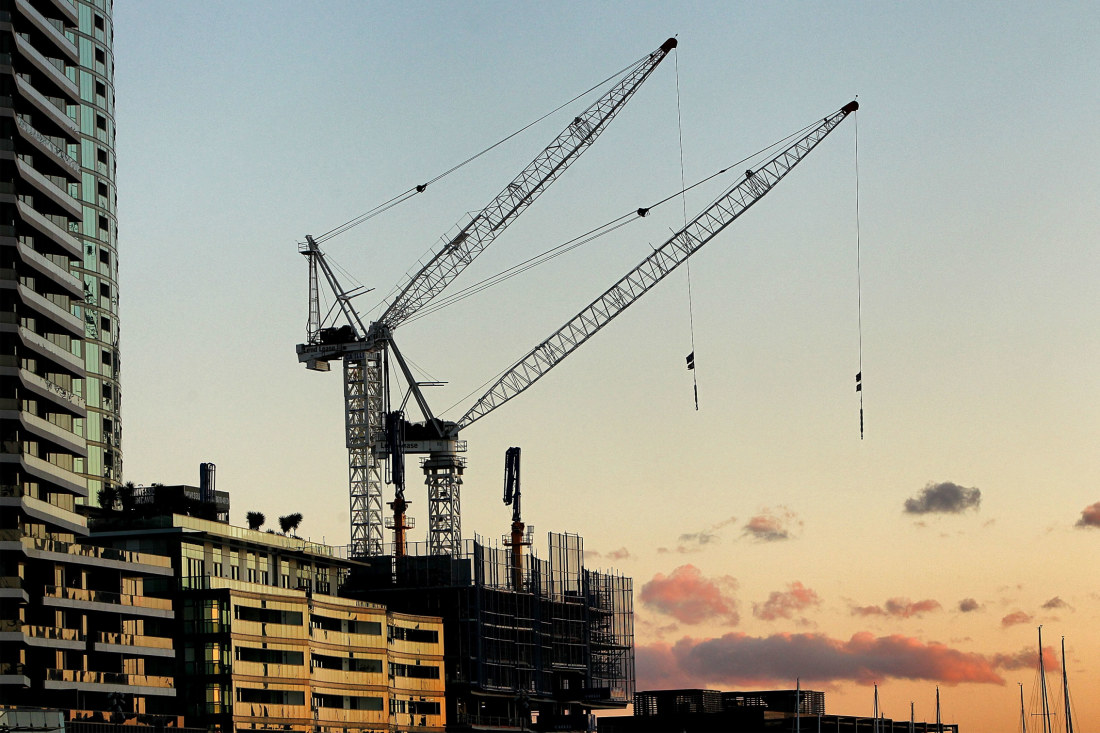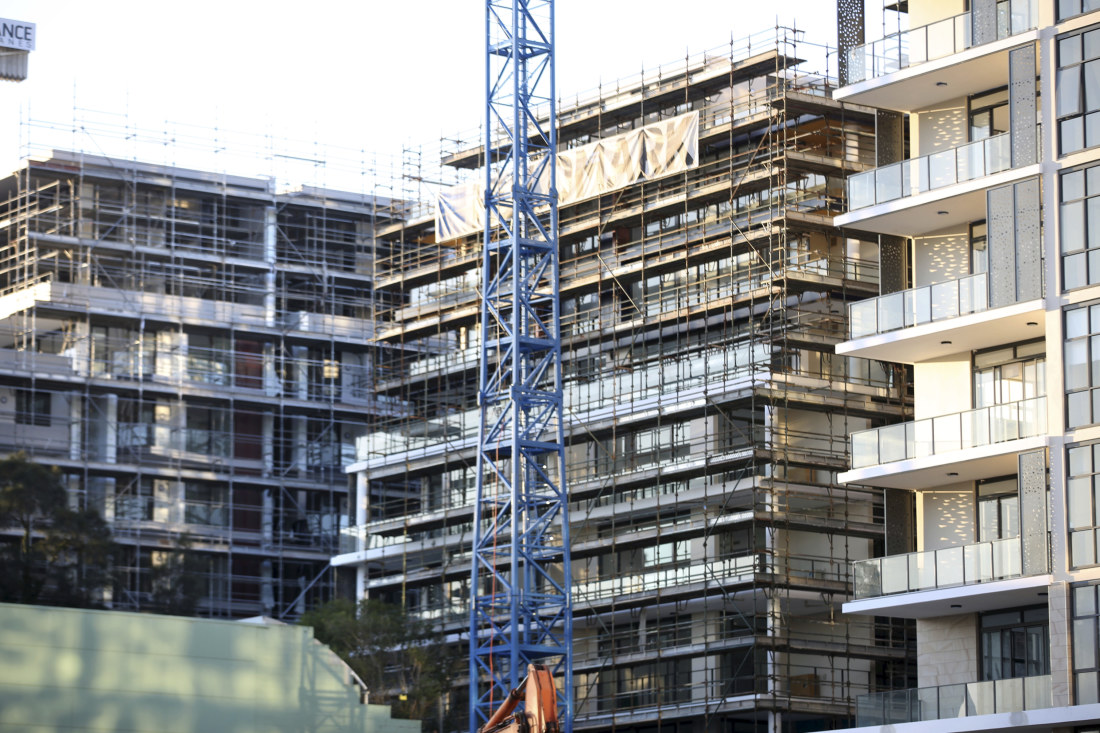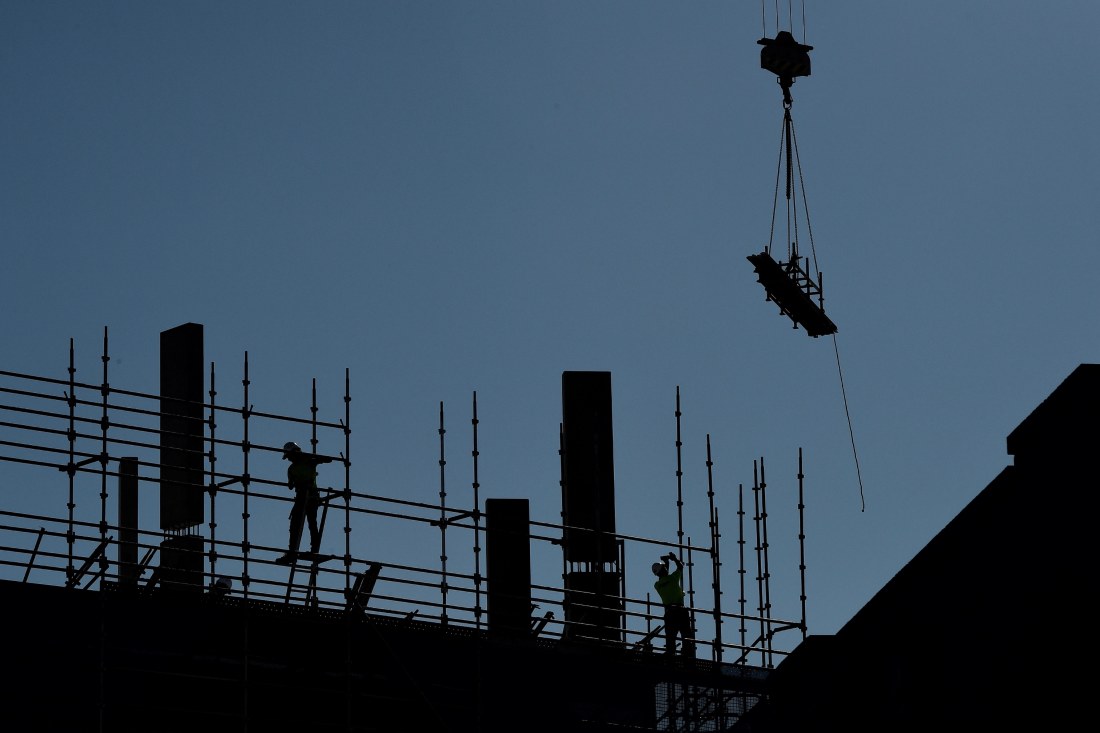Is the CFMEU the reason none of your friends can buy a house?
Experts say sheer union bargaining power has helped to push wages up across the entire construction industry, and that is filtering through to property prices.
Lucy DeanWealth reporterJul 20, 2024 – 5.00amAustralia’s housing crisis dominates discussion in boardrooms, the halls of parliament and weekend barbecues.
The federal government has a goal of building 1.2 million homes by mid-2029 but the National Housing Supply and Affordability Council has found that we’ll likely miss the target by 300,000 homes. The rate at which new apartments are beginning to be built fell to an 11-year low over the four quarters to March this year.
A perfect storm of higher labour costs, fewer workers and delays in accessing materials is combining to sting would-be buyers.
Tax policies such as negative gearing and land tax, not-in-my-backyard resident groups frustrating attempts to build high-density housing in critical areas, tougher lending criteria, and poor spending habits have all been fingered as culprits behind the struggles of younger Australians to enter the property market.
But according to developers and economists, there could be another factor at play: the cost of construction labour.
The Australian Financial Review and other Nine outlets this week published allegations that the construction union, the CFMEU, has engaged in illegal activities and been infiltrated by gangland figures and bikies.
The union, which represents over 100,000 construction workers, is one of the most powerful in the country, and it’s mostly present on large government infrastructure projects.
But separate to the criminal allegations, developers, economists and consultants say the union’s sheer bargaining power has helped to push wages up across the entire construction industry, and that is filtering through to property prices.
How much does it cost to build an apartment?
In June, the Victorian branch of the CFMEU negotiated a 20 per cent pay rise for workers over the next four years, granting workers 5 per cent annual raises. The raises are above inflation and broader wage growth, but align with CFMEU-negotiated increases pre-pandemic.
AdvertisementOne Melbourne developer says labour expense will increase in line with this. Similar deals of 26 per cent over four years, and 30 per cent over five years, have been negotiated in NSW and Queensland respectively.
According to the ABS wage price index and property remuneration consultant Avdiev, in the 10 years between March 2015 and March 2024, mid-level employees in building construction have received pay increases of 29.7 per cent, compared to 24.4 per cent over the broader economy.
And in research it commissioned earlier this month, the peak body for construction businesses also claimed that the CFMEU’s NSW wages and conditions deal would add 10 per cent to apartment costs, and that its deal in Queensland would add between 18 per cent to 33 per cent.
The Melbourne developer, who has operated for 30 years in the industry, said that while his company previously built a lot of affordable apartments around the $500,000 mark, they now need to sell the same apartment for $700,000 to make a reasonable return, partly due to the higher cost of labour.
“You could comfortably say that there’s at least a 30 per cent premium built into the price because of the EBA conditions.”
He says a 200-apartment project in Melbourne would have attracted a total contract price of $82 million in 2019, before COVID-19 exacerbated workforce and materials shortages. By 2024, that same project would attract a contract price of $108 million.
Developers say the cost to build has grown by 50 per cent since 2019. James Alcock
Within that, costs of materials have grown $49.2 million to $64.8 million, and labour costs have increased from $32.8 million to $43.2 million.
A deficit of both supplies and workers, and workers’ higher asking prices, is contributing to this situation, says the developer.
“Industry EBAs have increased consistently at 5 per cent per annum for many years, even when inflation was low,” he says. “And in addition to general EBA conditions, the Big Build project EBAs have significantly increased rates and allowances above the industry EBA conditions.”
AdvertisementThis is considered a bigger factor in Victoria and Queensland than NSW, where developers say tougher (albeit well-intended) regulatory procedures are the main reason build costs are going up, and the number of new developments is going down.
Worker shortages at the heart of the problem
Workers and unions having the power to secure higher pay deals is simply a function of supply and demand, notes chief economist at PRD Real Estate Diaswati Mardiasmo.
The construction sector has historically relied on migrant workers, but the COVID-19 pandemic dented this workforce. Now, large infrastructure projects like Victoria’s $100 billion Big Build and Queensland’s upcoming Olympic Games in Brisbane are sucking large parts of the remaining workforce up, and offering fertile conditions for bargaining on other projects.
“There are not enough people trained up to be able to do everything,” Mardiasmo says. “It is that productivity that is an issue. Workers have become more selective, and there is a large flow-on effect that is impacting a lot of developers.
“That negotiation power and changes in wages – the banks don’t acknowledge that or offer partial or flexible loans that can accommodate for those wage changes,” says Mardiasmo. “It comes back to the developer, and it becomes a financial burden.”
In saying that, she’s not convinced the CFMEU’s bargaining power is contributing to 30 per cent increases in home prices, and puts it closer to 10-15 per cent of the rate at which values are going up in Queensland, where she is based.
But the relationship between wages, home prices and the ability to attract workers is a “wicked problem”, in that there is no simple solution, she adds.
While bringing more construction workers into the industry would go some way towards addressing the supply issue, they need to be skilled workers. “We do need people, but also, what is the best way to fast-track their skill set?” Mardiasmo asks.
Advertisement“I have heard so many developers say, ‘I wish I could bring onboard a subcontractor from the Philippines or from Japan’, as opposed to waiting for the in-house Australian skill-set, but we do have to be careful that they are up to our standards.”
Importing talent also triggers a Catch-22 situation: after all, these builders need a place to live too.
The productivity challenge
But developers say it goes beyond wage costs. Developments of above $20 million or so will generally require subcontractors on CFMEU EBAs, and if this is the case, the unions will generally require a delegate on site, says the Melbourne developer. “The subcontractors have to provide a job for these union delegates.”
And a delegate working a 56-hour week would generally be paid $180,000 or more, he says. If it’s a large project, there may be delegates from multiple unions including the CFMEU, the Electrical Trades Union and the plumbers union.
“They’re looking after the guys on site and attending to the safety on site, but it’s also about enforcing the ‘no ticket, no start’ type arrangements, which mean if you’re not in the union, you don’t get to work on site.
“On large sites, there may be anywhere between five and 10 of these guys walking around, and that’s a cost that gets built into the system, and it’s a significant cost.”
He says if he went back 20 or 30 years ago, the union delegates tended to be former workers, but he’s seen an increase in the number of “non-working delegates”, and claims this is hurting wage costs and productivity.
Master Builders Australia has previously claimed that worksite conditions required by the CFMEU in Queensland had pushed productivity on some CFMEU projects down to as little as three days of work a week.
Complex infrastructure projects are sucking up large parts of the workforce and boosting bargaining power. Kate Geraghty
- Forums
- Political Debate
- Blackout Bowen - KABOOM
Blackout Bowen - KABOOM, page-16
-
- There are more pages in this discussion • 24 more messages in this thread...
You’re viewing a single post only. To view the entire thread just sign in or Join Now (FREE)












